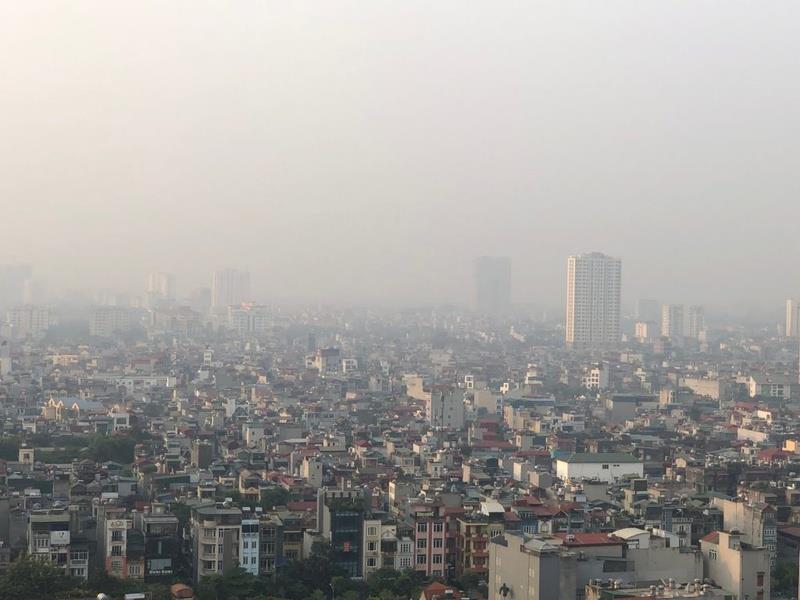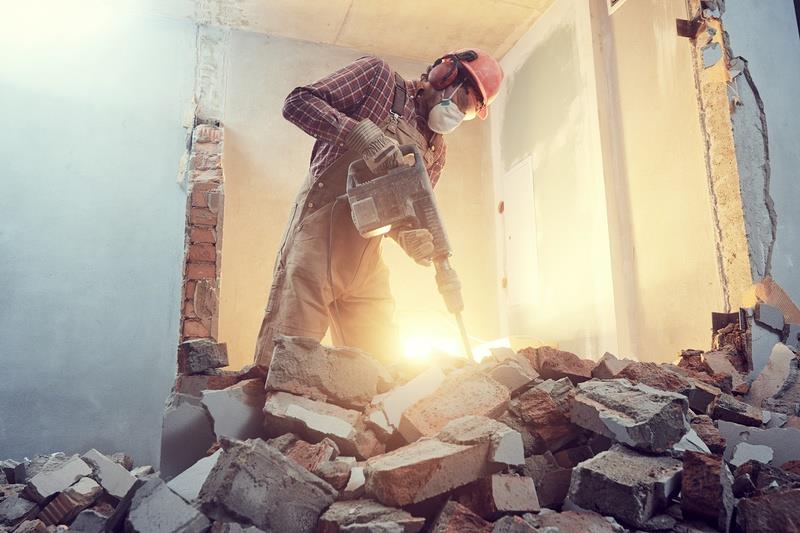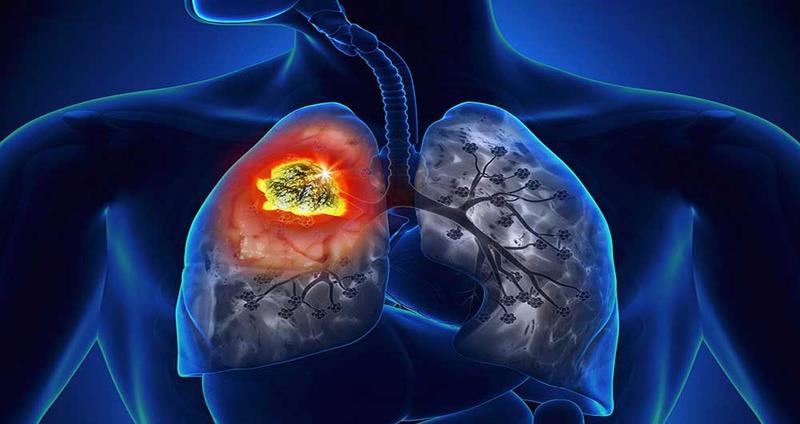Effects of dust on human health and how to limit it

The effect of dust on human health is extremely serious, they can cause many diseases of the respiratory tract, heart,... So how to limit this? All will be presented in the article below.
Dust always exists in the air in many forms and sizes. Each type will cause different effects on the person who inhales them. So how does dust affect human health ?
Current status of dust in the air
Surely dust is no longer a stranger to our lives. Not only exists in the outdoors, but even in your own home there is a lot of dust. This is a mixture of many complex substances, which exist in both liquid and solid form. They are suspended in the air and have the ability to stick on objects and equipment in the house.
In recent years, the concentration of dust in the air has been increasing. The main cause is from human activities such as emissions from factories, construction works, burning garbage, etc. This makes environmental pollution more serious. In particular, toxic dust also adversely affects human health.

Current dust situation
Dust classification
Sort by origin
- Organic dust: Derived from animals such as fur, wool, hair, ... or plants such as rice, rice, hemp, cotton, jute, straw, wood, ...
- Artificial dust: Coming from man-made chemicals such as rubber, chemical plastic dust, pesticide chemicals, ...
- Inorganic dust: Derived from metals and minerals such as coal dust, rock, quartz, copper, lead, iron, zinc, silicon, ...
Sort by size
- The type of dust with a size of over 10mm can be understood as real dust, easy to settle, does not enter the alveoli and will usually settle in the nose.
- Dust in the range of 5 -10mm in size is called basic dust. This dust can enter the lungs but is eliminated.
- Dust ranges in size from 0.1 to less than 5mm. This type is extremely dangerous because they can get into the alveoli of the lungs, and then accumulate causing fibrosis.
- Dust less than 0.1mm as smoke, does not stay in the alveoli.
Sort by harm
- General toxic dusts: Like lead, mercury, benzene,...
- Dust causes rhinitis , allergies, asthma, rashes: Dust comes from cotton, thorns, chemical fertilizers or some wood essential oils, ...
- Dust causes cancer: Ore dust and other radioactive substances, compounds of chromium, arsenic, ...
- Dust causes infections: Hair, hair bones, ...
- Dust causing lung fibrosis: Asbestos dust, quartz,...

Dust comes in many forms from many different sources
Effects of dust on human health and other fields
Some common diseases encountered when exposed to dust are:
Pneumonia infection
This is one of the most common occupational diseases. The disease is caused by the frequent inhalation of mineral and metal dust. This leads to pulmonary fibrosis, which reduces respiratory function. Depending on the type of dust inhaled, it can cause different lung diseases. Here are some common lung diseases:
- Silicose: Due to contamination with silica dust, it is common in miners, rock drillers, etc. Besides, there are places where SiO2 is produced at high temperature such as ceramics, refractory bricks, etc.
- Asbestose: Caused by lung contamination with asbestos dust, commonly found in asbest miners and processors.
- Berlioz: Due to beryllium dust contamination in the lungs, manufacturers who produce fluorescent dust often get this disease.
- Aluminosis: Due to lung infection with bauxite dust, clay (also known as Shaver disease).
- Anthracose: Due to coal dust contamination in the lungs (sometimes with Silicose), commonly found in miners and residents living in urban areas.
- Siderose: Because the lungs are contaminated with iron dust, it is common in people who process iron ore, metallurgy, and electric welding.

Pulmonary dust disease
Respiratory disease
Depending on the origin, it can cause the following diseases: Rhinitis, pharyngitis , tracheobronchitis. Specifically:
- Organic dusts, when attached to the mucosa, can cause inflammation, edema, and mucus secretion.
- Solid inorganic dusts, with sharp edges, usually only cause rhinitis at first, producing a lot of mucus, making it difficult for the patient to breathe. If left for a long time, it can cause atrophy of the nose, impairment of the dust filter function, making dusty lung disease easy to arise.
- Dusts such as metals such as chromium, arsenic, wool dust, manganese, phosphate, etc. can cause ulcers in the nasal septum, rhinitis, bronchitis , and reduce the immunity of the lungs.
Skin diseases
Dust can affect the sebaceous glands, making the skin increasingly dry, prone to skin diseases. For example, acne dermatitis, skin sores, ...
Skin disease caused by exposure to dust
Diseases that cause eye damage
Direct contact with dust without protective gear can cause them to fly into the eyes, causing irritation of the conjunctival membrane, blepharitis, pterygium, fan jasmine, etc. In addition, dust can also cause vision problems. reduced force, burns the cornea, even causes blindness.
Digestive tract disease
Metal dust can damage the stomach lining, causing digestive disorders.
The effects of dust on plants
Most of the substances present in polluted air cause adverse effects on plants. Specifically, when exposed to these substances, plants are often slower to grow, have low yields, burn leaves, and dry plants. Besides, it reduces the photosynthetic ability of the plant due to the cover of the leaf surface.
Harmful effects on materials
Some types of dust when in long-term contact with metal objects and materials will cause a corrosive reaction.
Methods to limit dust
- Use an air purifier and change its filter regularly.
- Thoroughly clean to remove dust in the house.
- Use a vacuum cleaner and make sure it is always in good working order, promoting maximum efficiency.
- Mop and sweep the house regularly.
- Use microfiber cloth to effectively wipe dust.
- Clean items that have not been used for a long time.
- Throw away unnecessary items such as: cartons, old newspapers, old clothes, ...
- Wash curtains, blankets, carpets regularly.
- Wear a dust mask when leaving the house.

Washing blankets regularly can limit the amount of dust in the house
The above are the serious effects of dust on human health and methods to limit those effects. Be aware of protecting yourself and your family from this dangerous agent!